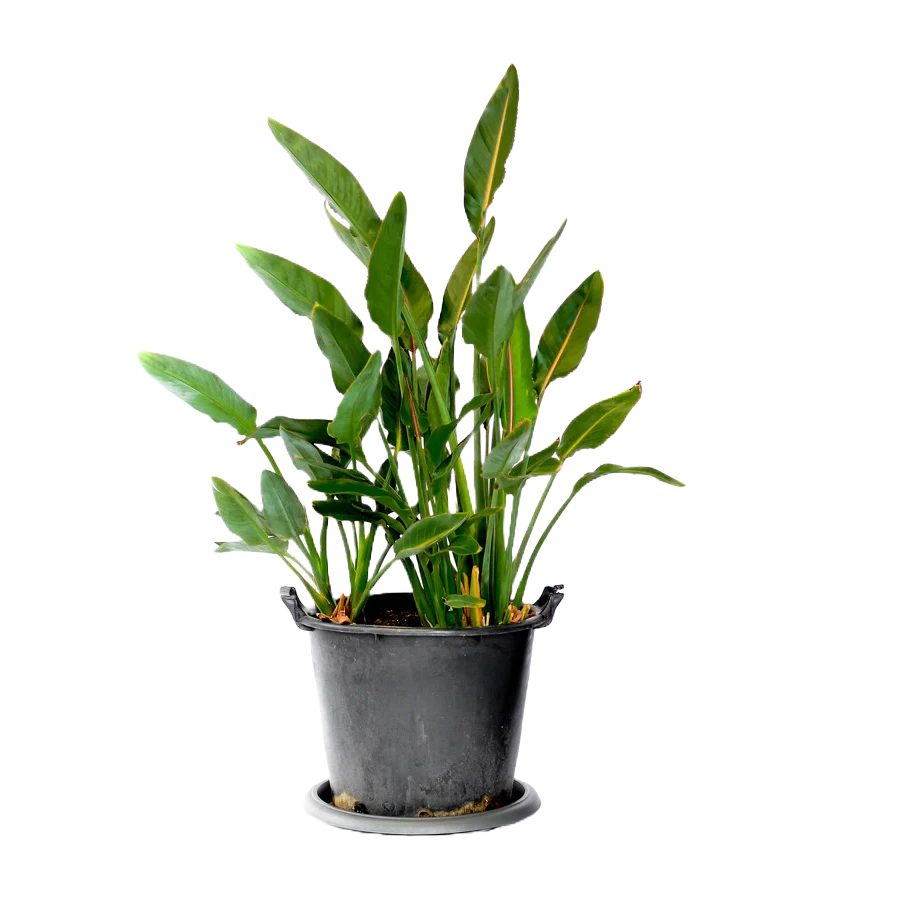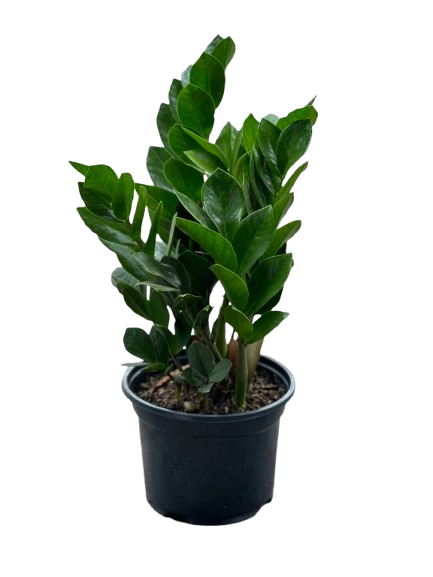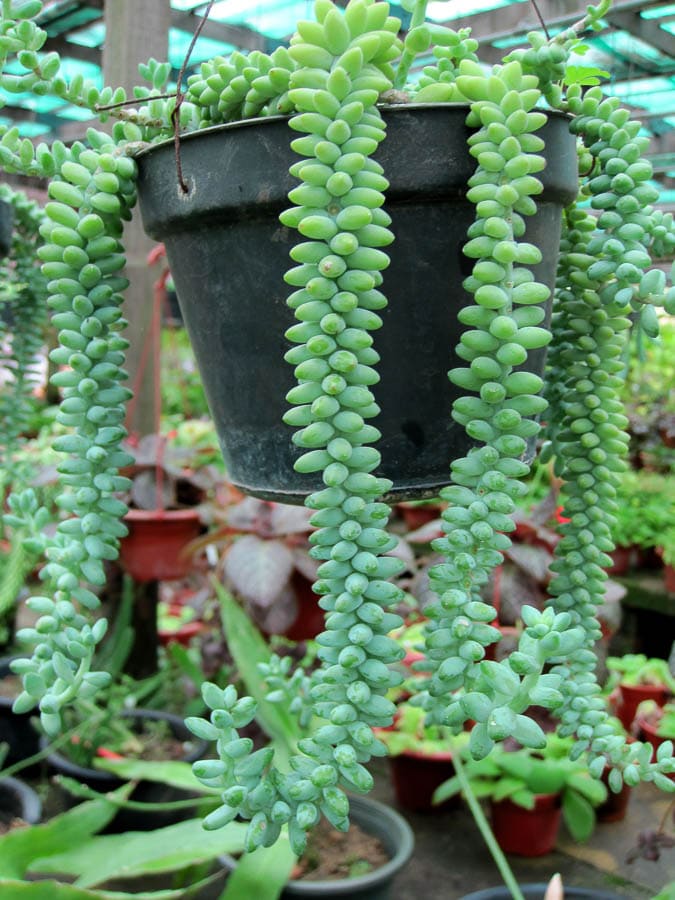The Donkey Tail (Sedum morganianum), also known as Burro’s Tail, is a trailing succulent with thick, plump leaves that cascade beautifully over the sides of pots and hanging baskets. This unique plant has gained popularity in Kenyan homes and apartments for its dramatic appearance and drought-tolerant nature. Whether you’re a succulent enthusiast or a beginner looking for something eye-catching and low-maintenance, Donkey Tail is a perfect indoor plant for Kenya.
Why Grow This Plant?
- Beautiful trailing foliage adds texture and interest to indoor spaces.
- Thrives in dry indoor conditions — perfect for Kenyan climates.
- Very low water needs — drought-tolerant and easy to care for.
- Ideal for hanging baskets, shelves, and decorative pots.
- Slow-growing and long-lasting — a great conversation starter for plant lovers.
Cultural & Historical Significance
Native to southern Mexico and Honduras, the Donkey Tail has been prized around the world for its ornamental beauty. In Latin American folklore, succulents like Burro’s Tail are believed to bring resilience and prosperity to households. With the global rise in interest in succulents, Donkey Tail has become a symbol of modern plant design and minimalist décor in homes from Asia to Africa.
Ideal Growing Conditions in Kenya
- Sunlight: Bright, indirect sunlight; can tolerate a few hours of direct sun.
- Temperature: 18°C to 30°C — perfect for most indoor spaces in Kenya.
- Soil: Well-draining sandy or cactus soil mix is essential.
- Watering: Very minimal; water only when soil is completely dry.
- Best regions: Nairobi, Machakos, Kitengela, Mombasa, and other warm, dry areas.
How to Plant It
- Choose a shallow pot or hanging basket with drainage holes.
- Use a cactus or succulent soil mix — or combine sandy soil with compost and perlite.
- Carefully remove the plant from the nursery container; the leaves are delicate and fall off easily.
- Place in the pot and gently press soil around the base, avoiding too much pressure.
- Water lightly and place in a bright area with indirect sunlight.
Care Tips
- Water only when the soil is completely dry — usually once every 2–3 weeks.
- Handle gently — leaves fall off easily with rough handling.
- Fertilize once every 2 months during the growing season with a diluted succulent fertilizer.
- Avoid high humidity — place in well-ventilated areas indoors.
- Turn the pot occasionally to encourage even trailing growth.
Pests & Diseases
- Mealybugs: Look for white cottony spots near stems; treat with neem oil or alcohol swabs.
- Root rot: Caused by overwatering or poor drainage — ensure soil dries completely between watering.
- Leaf drop: Normal when touched or moved often; limit repotting and shifting.
Pet Safety
Donkey Tail is considered **non-toxic** to cats and dogs, making it a safe indoor succulent choice for pet-friendly Kenyan homes.
Growing in Containers
Donkey Tail excels in hanging containers, wall planters, or small pots on shelves where its trailing stems can grow freely. Use terracotta pots for better airflow and drainage. Minimal watering makes it ideal for balconies or indoor plant walls in Kenyan apartments.
Where to Buy This Plant in Kenya
Looking for a healthy Donkey Tail plant? Visit https://planters.co.ke to shop a beautiful selection of succulents and matching pots. Delivery available across Kenya for all plant lovers.
Final Thoughts
Donkey Tail is a show-stopping succulent that adds charm and elegance to any Kenyan indoor space. With its low maintenance needs and dramatic trailing foliage, it’s the perfect plant for busy lifestyles, sunny balconies, and creative plant displays. Add one to your collection and enjoy its beauty all year round.
Recent Posts
- Asiatic Lily Bulbs in Kenya: Vibrant Color, Easy Growth & Garden Beauty
- Dendrobium Orchids: Elegant Blooms, Easy Care & Indoor Beauty
- Vanda Orchids: Vibrant Colors, Air-Grown Beauty & Elegant Displays
- Vriesea Bromeliads in Kenya: Elegant, Colorful & Easy to Grow
- Manuka : Beauty, Healing & Natural Resilience







